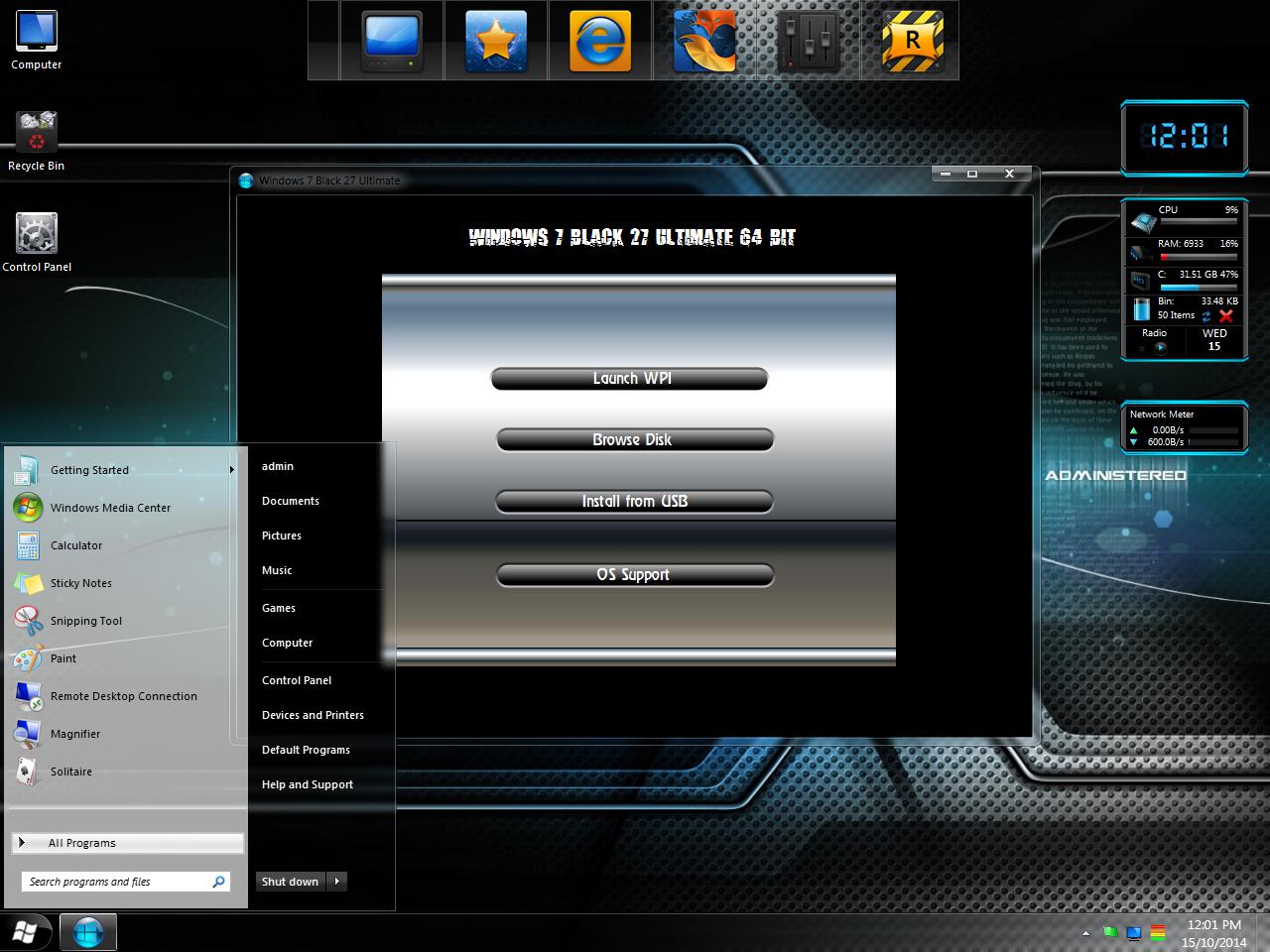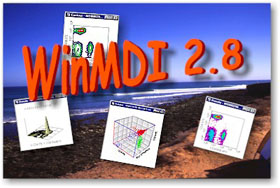Breaking News
Main Menu
Winmdi 29 Free Download Software
суббота 13 апреля admin 2
Kimia-organik-fessenden-pdf - Kimia Organik Dasar Edisi Ketiga. Buku Ajar Vogel Kimia Analisis Kuantitatif Anorganik. Free Ebooks Download October 2. True File type: PDF. Download Ebook Kimia Organik Fessenden PDF -.pdf - 13 downloads ☆ ☆ ☆ ☆ ☆. Kimia Organik Fessenden Pdf To Excel. 1/6/2018 0 Comments. THE ADVOCATE OF PEACE. 55 WILLIAM PITT FESSENDEN. Kimia organik, jilid I / Ralph J. Fessenden, Joan S. Kimia organik fessenden pdf file download. Kimia organik i jilid 1 buku pegangan kuliah untuk mahasiswa farmasi stefanus layli prasojo, s.,farm., apt. Kimia-organik-fessenden-pdf - Kimia Organik Dasar Edisi Ketiga. Buku Ajar Vogel Kimia Analisis Kuantitatif An organik. Free Ebooks Download October 2. Kimia organik fessenden ebook: User’s review: Jurnal kimia organik pdf, ebook kimia organik riswiyanto. Ada nggak ebook mengenai kandungan kimia pada zingiber cassummunar salam. Fessenden; alih bahasa aloysius hadyana pudjaatmaka.
Bio-Soft.Net>>>> Miscellaneous Software>>>>WinMDI ver 2.9. WinMDI ver 2.9: Size:2027K Language: English Directory:Miscellaneous Software. WinMDI (Windows Multiple Document Interafce for Flow Cytometry) Tweet. Download Link: Click Here (If you want to get all of the softwares in this site, PLEASE CLICK HERE) Advertise on this site.
 This article has been and can now be. Public peer review comments can be seen Kieran O'Neill 1,2,†, Nima Aghaeepour 1,2,†, Josef Špidlen 1, Ryan Brinkman 1,4* 1Terry Fox Laboratory, BC Cancer Agency, Vancouver, BC, Canada 2Bioinformatics Graduate Program, University of British Columbia, Vancouver, BC, Canada 3Department of Medical Genetics, University of British Columbia, British Columbia, Canada † Co-lead authors. * Corresponding author, email: rbrinkman@bccrc.ca is the application of to data, which involves storing, retrieving, organizing and analyzing flow cytometry data using extensive computational resources and tools.
This article has been and can now be. Public peer review comments can be seen Kieran O'Neill 1,2,†, Nima Aghaeepour 1,2,†, Josef Špidlen 1, Ryan Brinkman 1,4* 1Terry Fox Laboratory, BC Cancer Agency, Vancouver, BC, Canada 2Bioinformatics Graduate Program, University of British Columbia, Vancouver, BC, Canada 3Department of Medical Genetics, University of British Columbia, British Columbia, Canada † Co-lead authors. * Corresponding author, email: rbrinkman@bccrc.ca is the application of to data, which involves storing, retrieving, organizing and analyzing flow cytometry data using extensive computational resources and tools.
Flow cytometry bioinformatics requires extensive use of and contributes to the development of techniques from. Flow cytometry and related methods allow the quantification of multiple independent on large numbers of single. The rapid growth in the multidimensionality and throughput of flow cytometry data, particularly in the 2000s, has led to the creation of a variety of computational analysis methods, data standards, and public databases for the sharing of results. Computational methods exist to assist in the preprocessing of flow cytometry data, identifying cell populations within it, matching those cell populations across samples, and performing diagnosis and discovery using the results of previous steps. For preprocessing, this includes compensating for spectral overlap, data onto scales conducive to visualization and analysis, assessing data for quality, and data across samples and experiments. For population identification, tools are available to aid traditional manual identification of populations in two-dimensional (gating), to use to aid gating, and to find populations automatically in higher dimensional space in a variety of ways. It is also possible to characterize data in more comprehensive ways, such as the density-guided technique known as probability binning, or by combinatorial gating.

Finally, diagnosis using flow cytometry data can be aided by techniques, and discovery of new cell types of biological importance by high-throughput statistical methods, as part of pipelines incorporating all of the aforementioned methods., and are also key parts of flow cytometry bioinformatics. Data standards include the widely adopted Flow Cytometry Standard (FCS) defining how data from cytometers should be stored, but also several new standards under development by the International Society for Advancement of Cytometry (ISAC) to aid in storing more detailed information about experimental design and analytical steps. Open data is slowly growing with the opening of the CytoBank database in 2010, and FlowRepository in 2012, both of which allow users to freely distribute their data, and the latter of which has been recommended as the preferred repository for MIFlowCyt-compliant data by ISAC. Open software is most widely available in the form of a suite of packages, but is also available for web execution on the platform.
